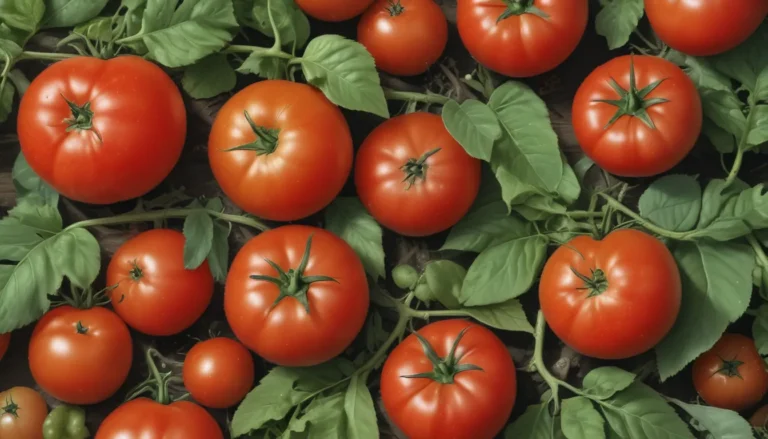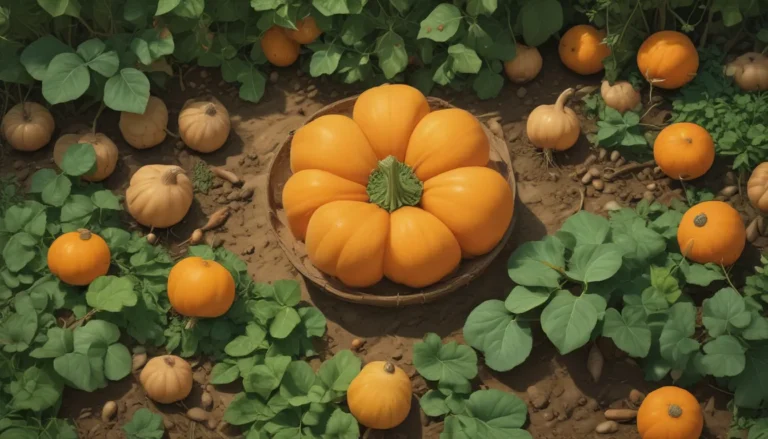Comprehensive Guide to Managing Root Rot in Fruit, Nut, and Landscape Trees

Root rot poses a significant threat to many fruit, nut, and landscape trees, caused by various fungi and water molds. These diseases, including Armillaria, Phymatotrichum, and Xylaria fungi, as well as Phytophthora water molds, can lead to severe damage to trees, often causing them to weaken and eventually collapse near the soil line. This article aims to provide you with valuable information on how to identify, prevent, and manage root rot in your trees effectively.
Understanding Different Types of Root Rot
Root rot can be caused by several pathogens, each with its unique symptoms and characteristics:
Phytophthora Root Rot
- Signs: Orange or brown roots with fine ones shedding off. Drowning roots appear brown and may smell decayed.
- Cultural Controls: Monitor irrigation water, limit soil saturation, plant in well-drained soil, and use biologicals and biopesticides.
Armillaria Root Rot
- Signs: Reduced terminal shoot growth, purple leaves, spongy and stringy roots, bioluminescent mycelia, and clusters of honey-colored mushrooms.
- Prevention: Remove wood and roots from the soil before planting, protect trees from stress, and choose resistant rootstocks.
Black Root Rot
- Symptoms: Decaying root surfaces with blackened finger-like structures.
- Considerations: Avoid planting new apple trees on infected sites, grow resistant crops like peaches, and maintain soil health.
Cotton Root Rot
- Characteristics: Affects trees in warm and moist conditions, can kill trees rapidly, and requires aggressive soil treatment to control.
- Management: Lower soil pH with ammonium sulfate and soil sulfur, repeat treatments annually, and consider resistant tree species.
Tips for Managing Root Rot in Trees
To effectively manage root rot in your fruit, nut, and landscape trees, consider the following strategies:
- Check Root Symptoms: Regularly inspect tree roots for signs of infection, such as discoloration, decay, or unusual growth patterns.
- Monitor Soil Moisture: Avoid over-irrigation and ensure proper soil drainage to prevent the buildup of excess moisture.
- Select Resistant Rootstocks: Choose rootstocks that are resistant to prevalent root rot pathogens in your area.
- Use Biological Controls: Incorporate soil bacteria and fungi that can outcompete root rot organisms and maintain soil health.
- Consider Fungicides: Use fungicides specifically designed to target root rot pathogens, following recommended application methods.
Conclusion
Root rot can be a devastating disease for fruit, nut, and landscape trees, leading to significant tree damage and potential loss. By understanding the different types of root rot, identifying key symptoms, and implementing preventive measures, you can effectively manage and minimize the impact of these pathogens on your trees. Remember to monitor your trees regularly, maintain optimal soil conditions, and seek professional assistance if needed to protect your valuable trees from root rot. Let us know if you have experience in managing root rot in your trees and share your insights below!





